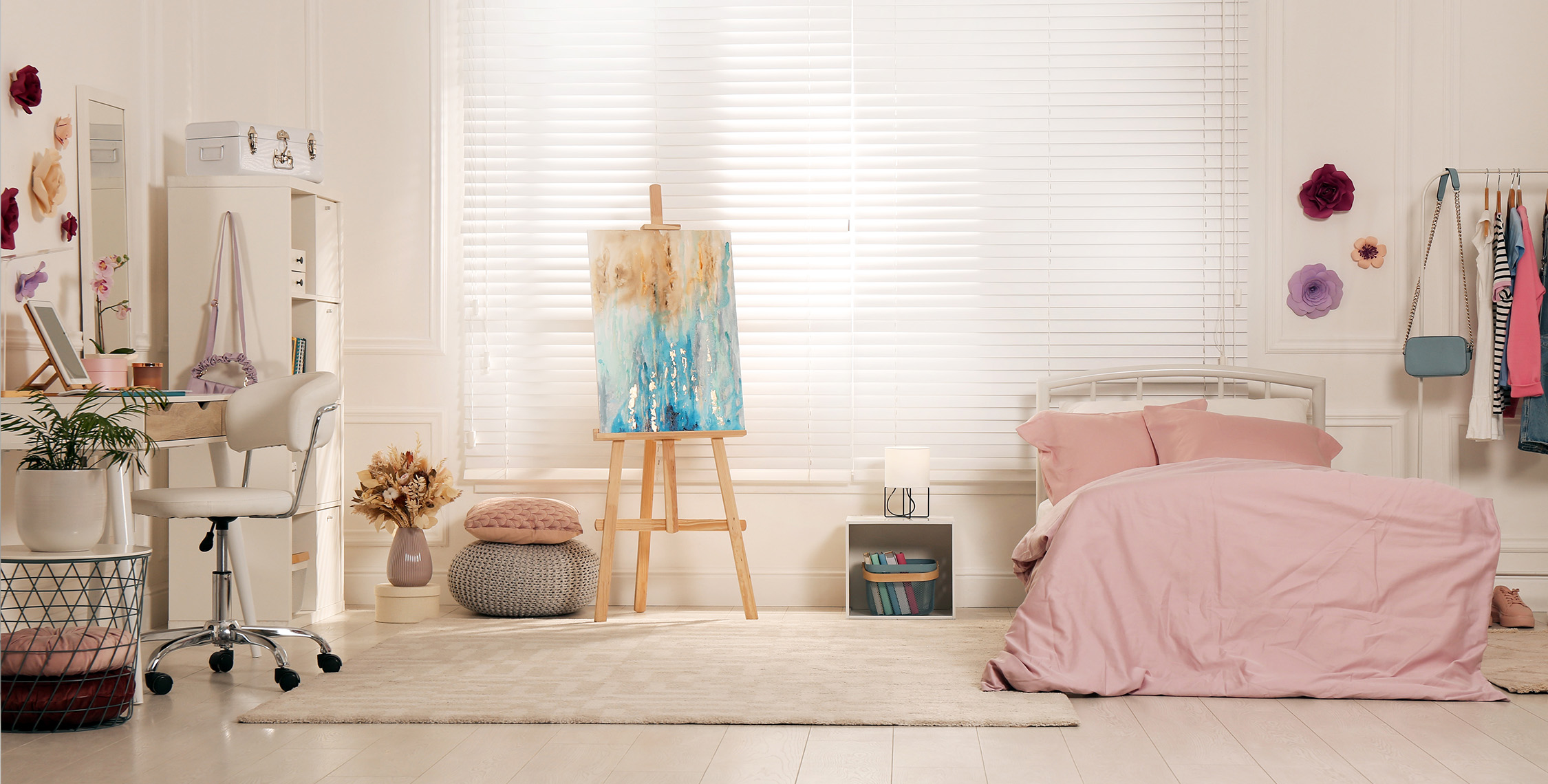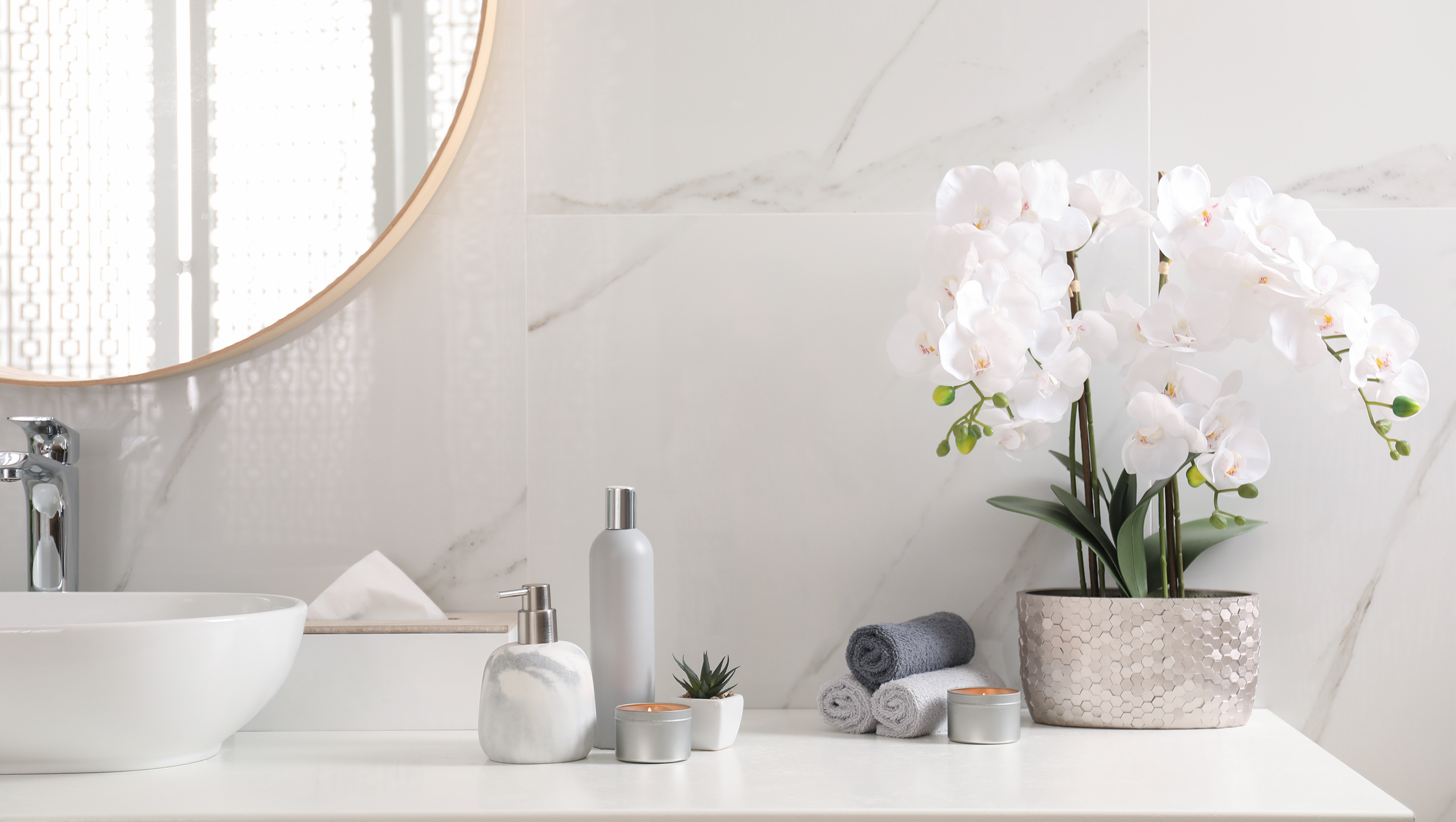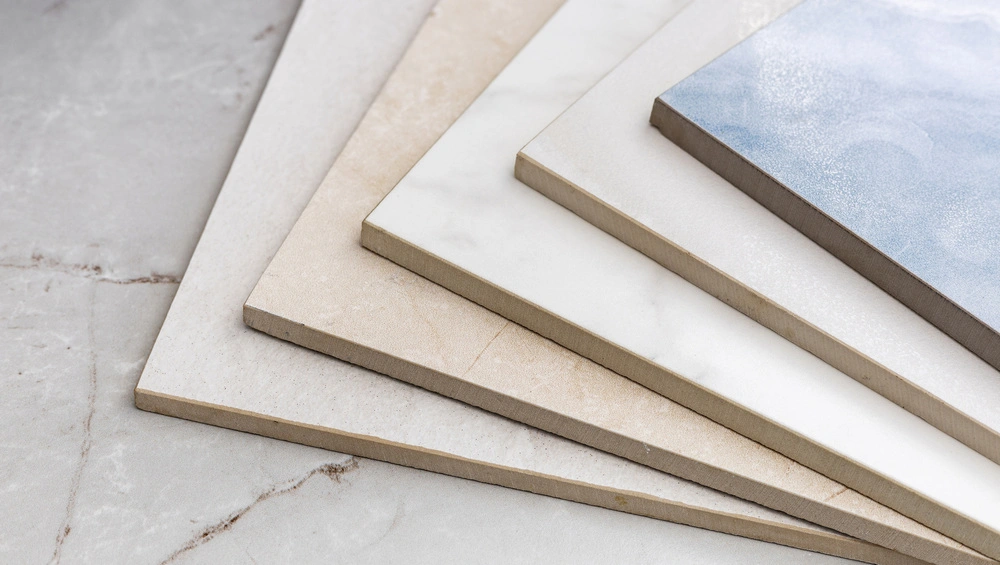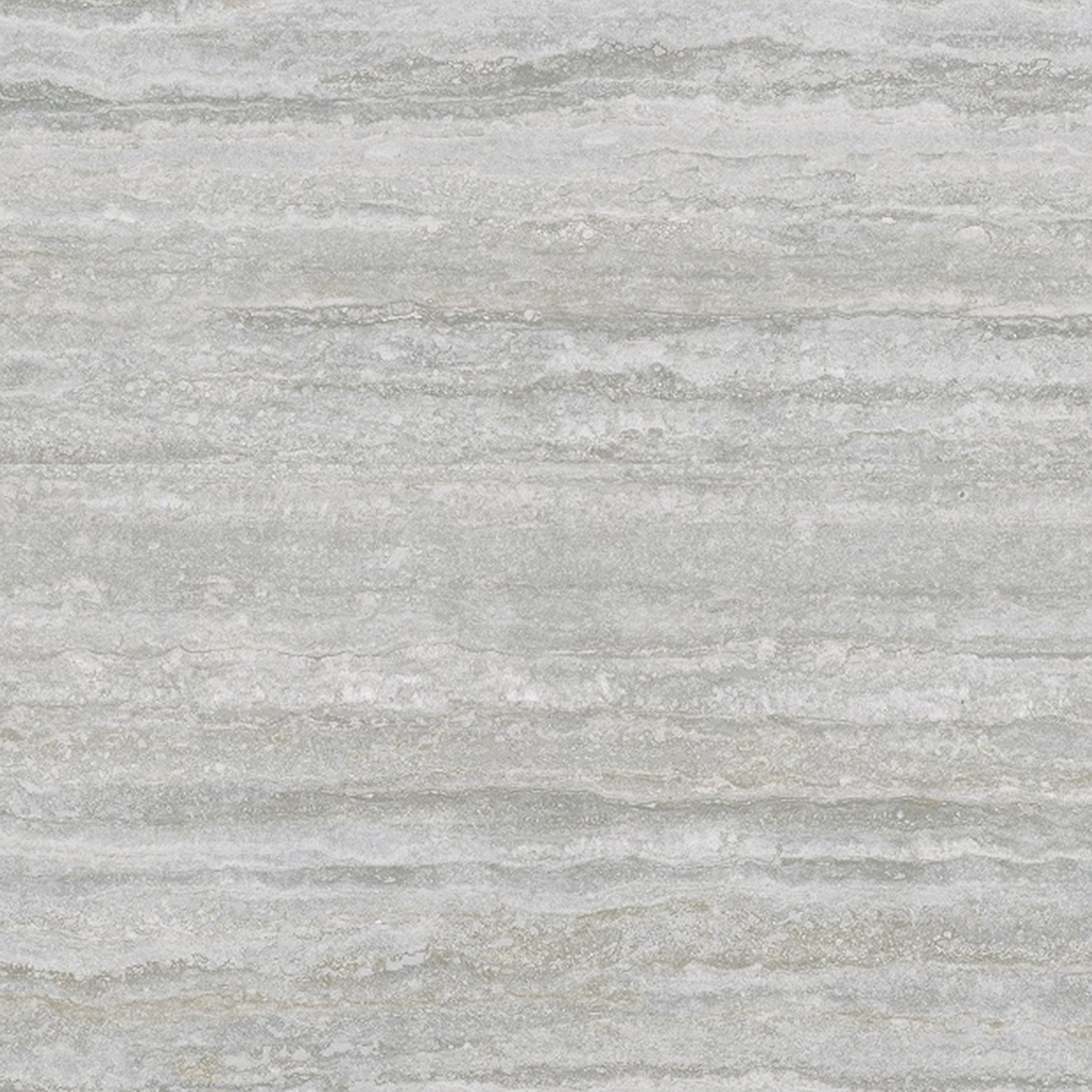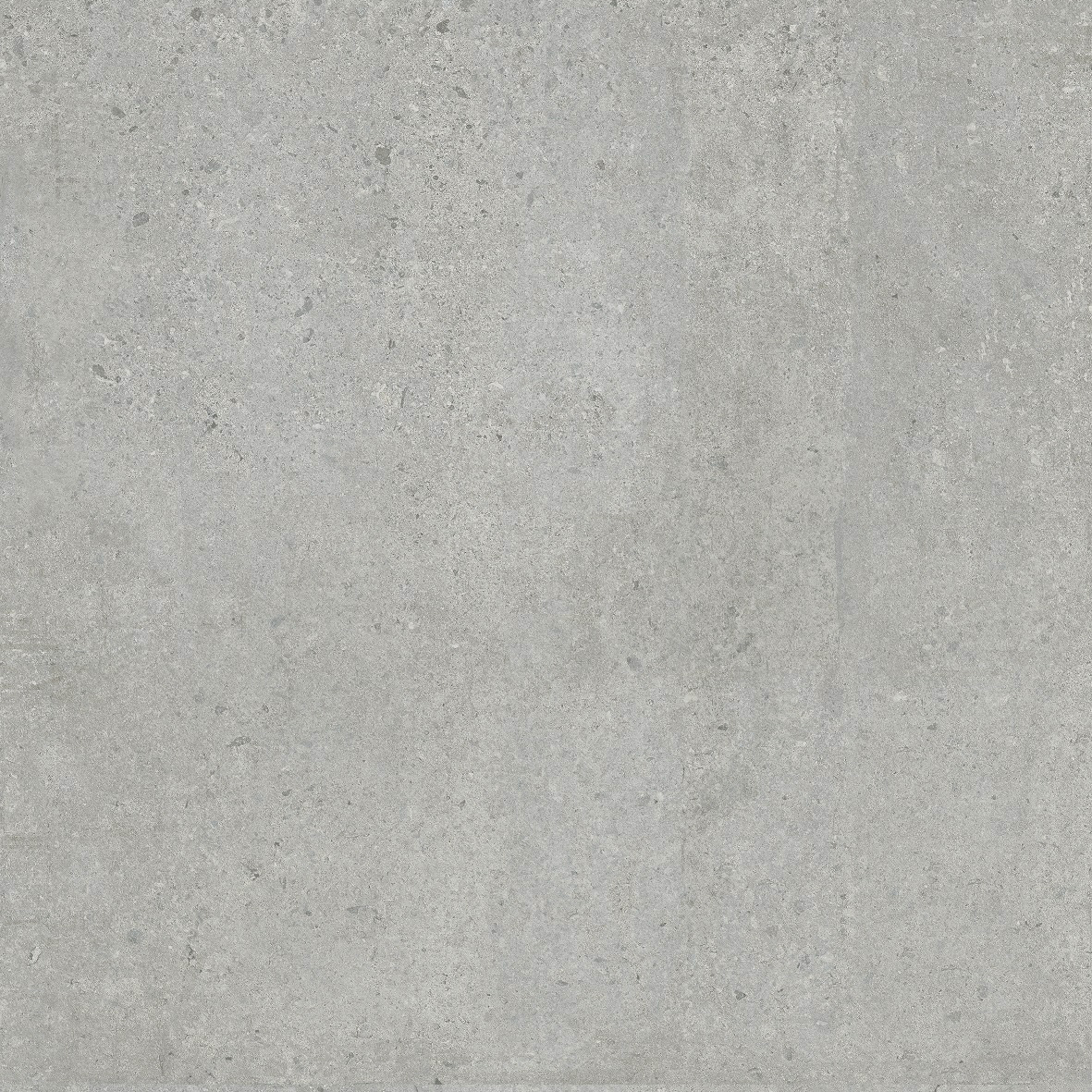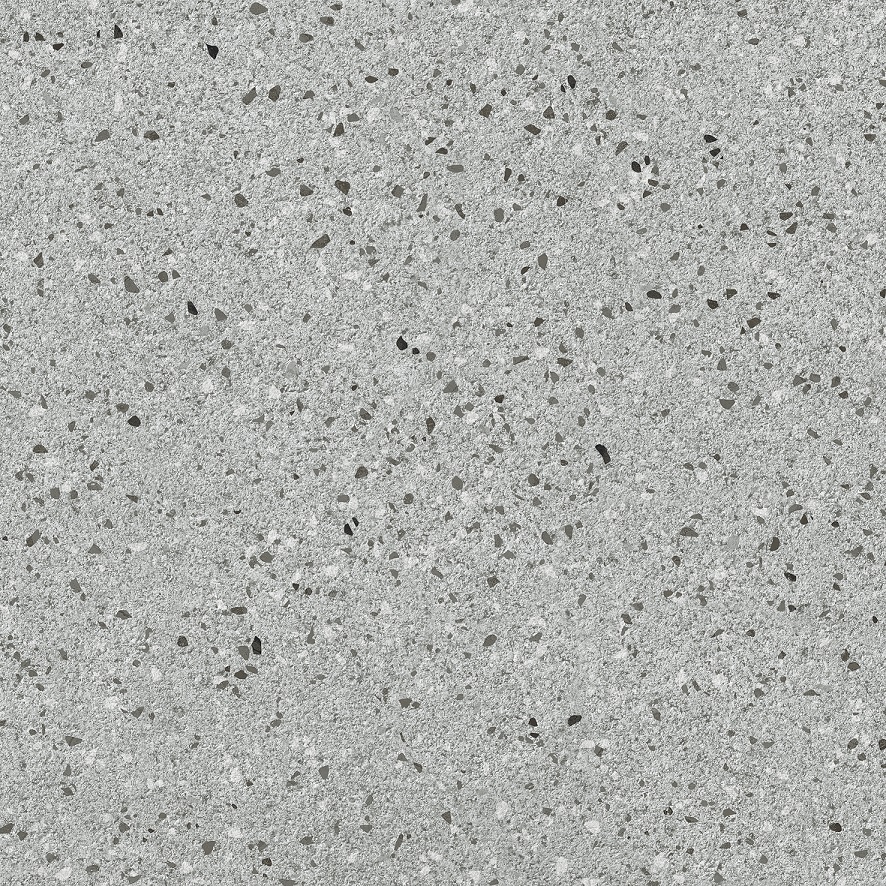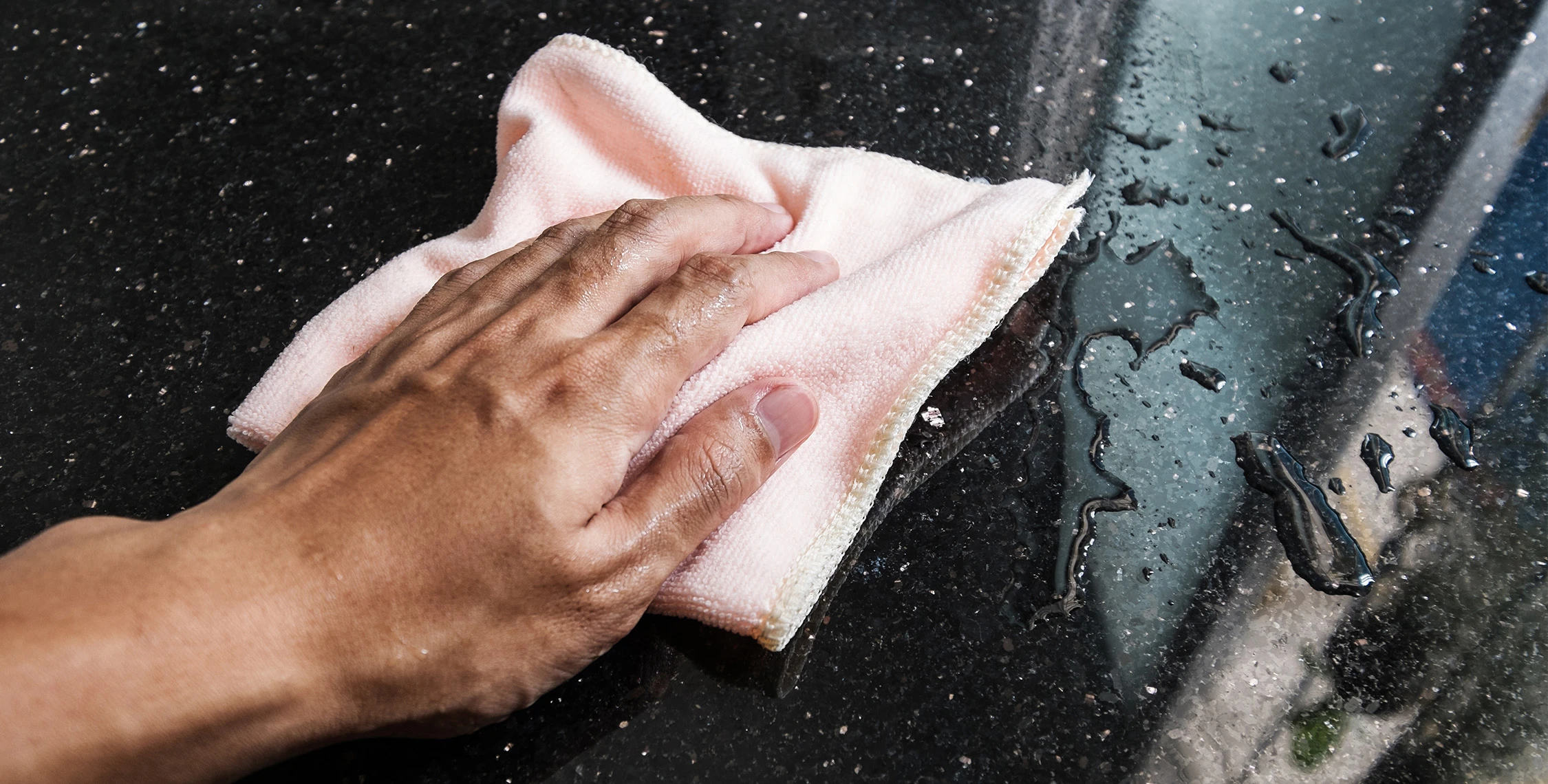
Dull granite floors can significantly reduce the beauty and aesthetic value of a room. As a homeowner, you naturally want your granite to always look clean and lustrous. However, improper cleaning methods can actually worsen the condition of the granite surface. Cleaning dull granite requires a special approach tailored to the characteristics of this natural stone.
This guide will walk you through effective techniques to restore the natural shine of your granite floors. By following these steps, you can not only bring back the gleam but also maintain its beauty for the long term. Each method described has been adapted for the safe and proper care of granite.
Effective Ways to Restore the Shine of Granite Floors
1. Routine Cleaning with a pH-Neutral Cleaner
Cleaning dull granite must begin with an understanding of the material itself. Although it appears solid, granite is a porous natural stone that requires special care. For daily cleaning, always use a cleaner specifically designed for natural stone that has a neutral pH. Avoid products containing acids, alkalis, or abrasive ingredients, as they can permanently damage the granite surface.
The best method is to dilute 2-3 capfuls of a specialized granite cleaner in 5 liters of warm water. Use a soft microfiber cloth or mop to apply it, being careful not to scrub too hard. After cleaning, immediately dry the surface with a clean, dry cloth to prevent water spots. Perform this process 2-3 times a week to maintain the granite's natural shine.
2. Baking Soda Treatment for Stubborn Stains
Using baking soda is highly effective for tackling stubborn stains that regular cleaning can't remove. Baking soda has mild alkaline properties that can lift dirt without damaging the granite. To create a cleaning paste, mix three parts baking soda with one part warm water until it forms a toothpaste-like consistency.
Apply the paste to the dull or stained area in a layer about 0.5 cm thick. Let it sit for 10-15 minutes to allow the baking soda to absorb dirt and oil from the granite's pores. Use a very soft-bristled brush (like an old toothbrush) to gently scrub the area in a circular motion. Afterward, rinse with clean water and immediately dry with a soft cloth.
3. Specialized Treatment for Different Types of Stains
Cleaning different types of stains from granite requires specific approaches tailored to the stain's origin. For instance, oil or grease stains can be lifted by applying a poultice—a thick paste—with acetone or 12% hydrogen peroxide, covering it with plastic wrap, and letting it sit for 24 hours. Organic stains from sources like coffee, tea, or wine can be treated with a mixture of 12% hydrogen peroxide and baking soda at a 1:2 ratio.
For tougher stains such as ink, marker, or paint, a poultice made with 70% isopropyl alcohol left for several hours is effective. Rust stains, however, require a special treatment using a rust remover specifically formulated for natural stone. Before applying any of these treatments, always test it on an inconspicuous area first and be sure to rinse the surface thoroughly afterward. Remember, the faster a stain is treated, the higher the chance of its successful removal.
4. Periodic Polishing and Sealing
Polishing and sealing are the core steps for thoroughly restoring dull granite. Once the granite is completely clean and dry, use a specialized granite polishing powder mixed with water to form a thick paste. Apply it with a low-speed buffer machine using a white wool pad, or manually with a microfiber cloth for smaller areas.
After polishing, apply an impregnating sealer with a roller or microfiber cloth. Let it penetrate for 10-15 minutes, then wipe away any excess sealer with a clean cloth. Wait 24 hours before using the floor. This process should be done every 6 months for high-traffic areas and once a year for low-traffic areas. The sealer creates a protective layer that prevents stains from penetrating.
5. Prevention and Daily Care
Preventive measures are the most important part of keeping granite clean. Place high-quality doormats at every entrance to trap dirt and dust. Use felt pads or other protective pads under furniture legs to prevent scratches. Immediately wipe up any spills with a soft cloth and a neutral cleaner.
For daily care, perform a dry dust mopping with a microfiber mop. Clean with a damp mop and pH-neutral cleaner 2-3 times a week. Avoid using a vacuum cleaner with a rotating brush, which can scratch the surface. With consistent preventive care, your granite will retain its natural shine and reduce the need for intensive cleaning.
In conclusion, proper care—including routine cleaning with a pH-neutral solution, specific stain treatments, and periodic polishing and sealing—is the key to restoring the natural shine of your granite floors.
For those who desire high-quality granite that is easier to maintain, Meliuz Granite offers a collection with the latest coating technology, making it more stain-resistant and easier to clean, ensuring your investment maintains its beauty for the long term.
Product Popular

SUPREME CREAM
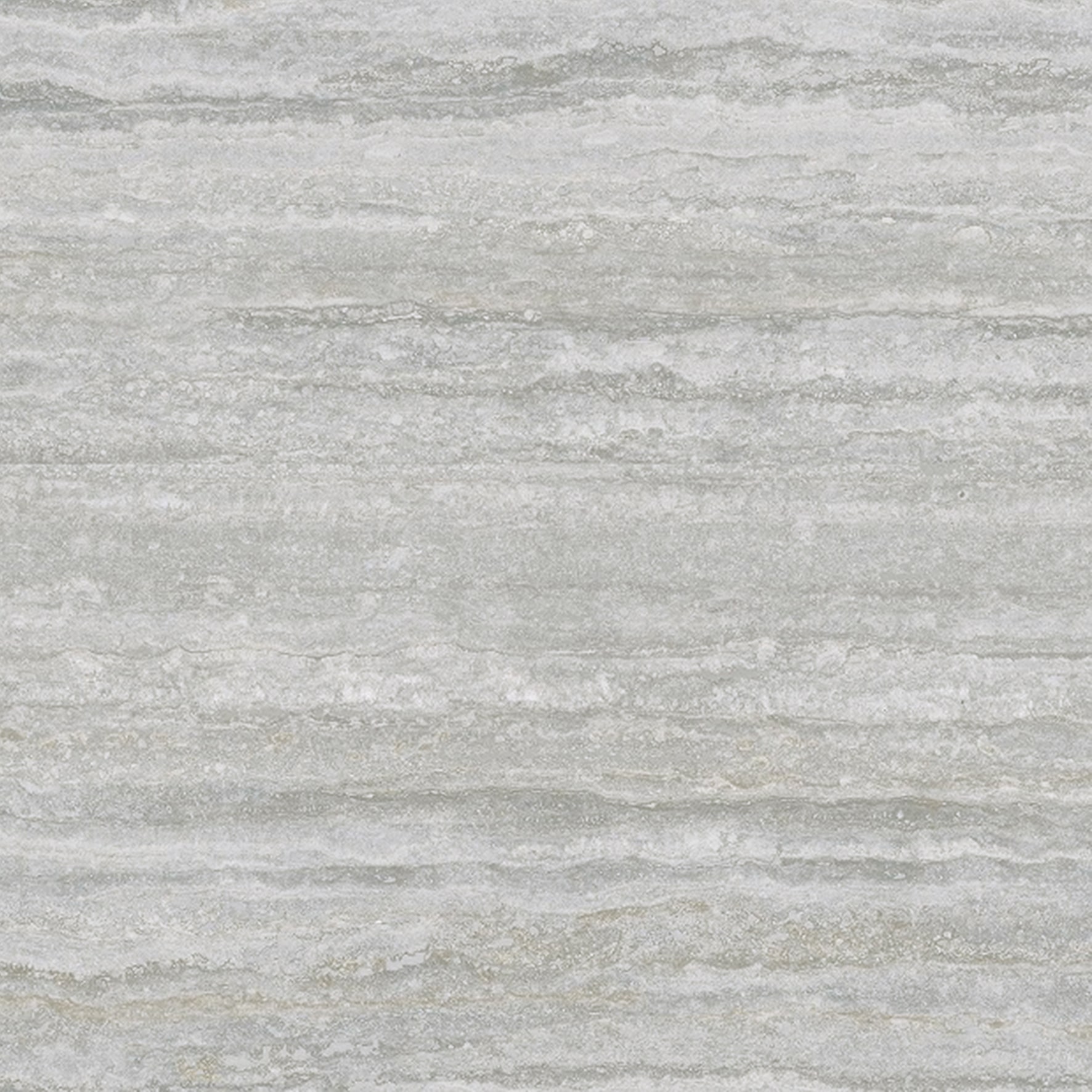
AEGRINE GREY
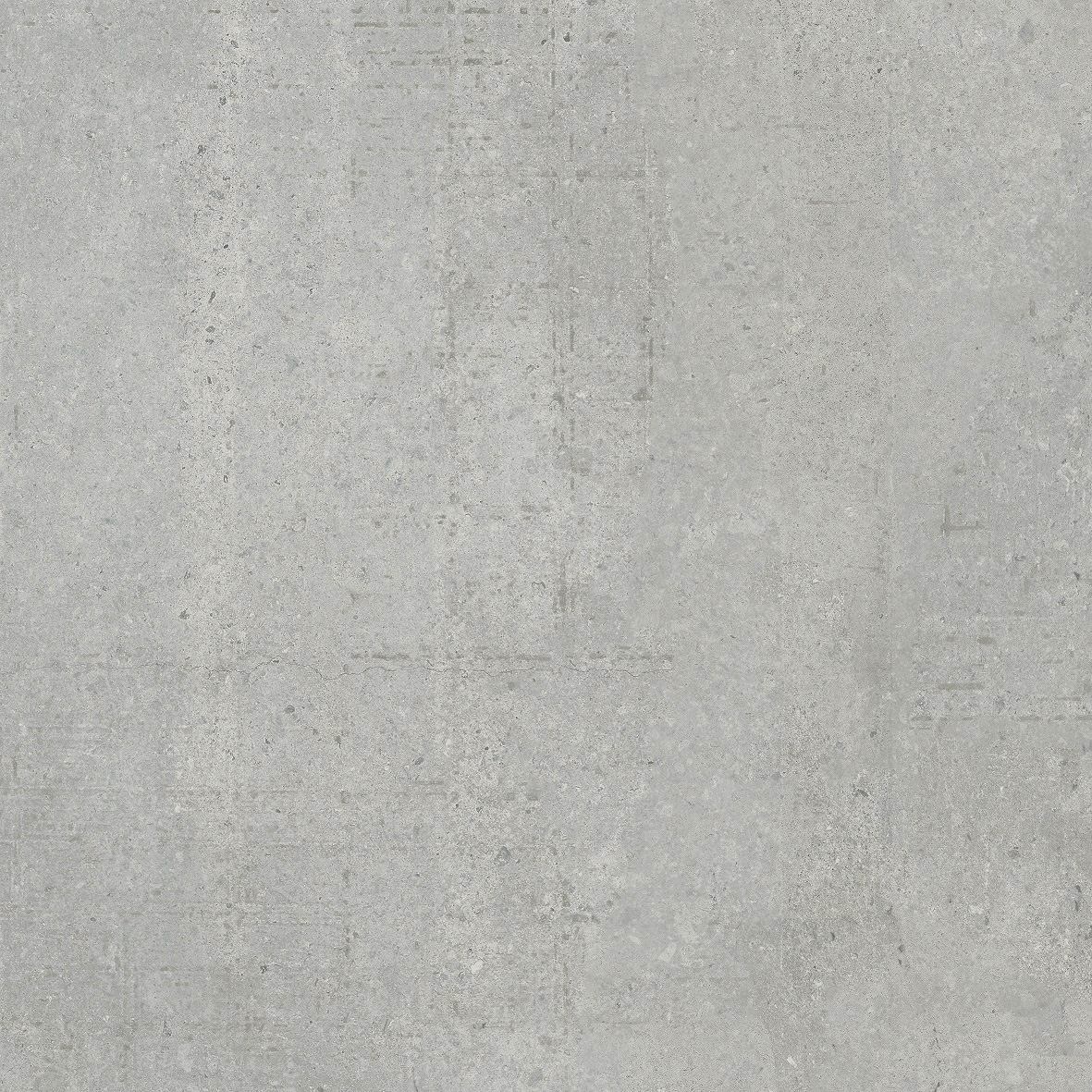
PASSO GREY

TERRASTONE GRIGIO


